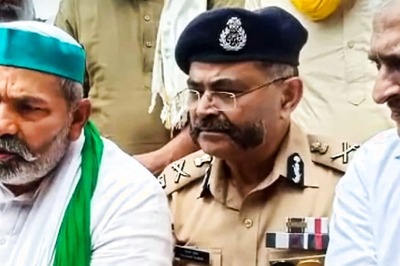
views
BANGALORE: As an IITian, UN development project investigator and a business consultant, S V Divvaakar has been writing reports through his working life. Over a glass of whiskey, when his friend remarked how he has been writing fiction all his life, he wondered, why not write one. He combined the best and worst of his life’s experiences, borrowed real-life incidents, and used brand IIT as the thread to weave the story called 'The Winner’s Price'.The story flows across borders, time zones and characters’ lives. In the first half of the book, the non linear narrative works at establishing the characters of a group of students who join Indian Institute of Technology, Delhi; with the section culminating at a reunion set in Mumbai several years later. In the second half, the various power centres and egos clash to take a tumultuous journey, interspersed with each individuals’s moment of epiphany, as they choose various paths to reach the truth - the Chitra Gupta.Yes, you heard that right. Chitra Gupta is based on the mythological character Chitraguptan (What is it with contemporary Indian writers and mythology?). This group of engineers come together to create a technological recreation - filled with engineering details, murky dealings by lobbyists in the various corridors of power, murders,conversations and incidents that offer voyeuristic pleasure into the lives of IITians. What makes this book interesting is its research. Most of the character lines find parallels in real-life personalities and stories as portrayed by the media. The Karnataka mining scam, Anna Hazare's call against corruption, the 2G scam, and central politics, all find a place in the book. The author has given them a fictional turn. What brings the book down is the conscious effort to localise this book and the sermons on education system. Details like a ringtone blaring a Kannada song and references to 'Kolaveri Di' showcases the book as a possible screenplay for a Bollywood potboiler but does not add value to the book itself. Also, the discussion on reservation system within IITs, autonomy of the revered institutions, and the moral and social responsibility of IITians are digressions in the first half but brought together cohesively in the second half. But then, the author knows that as seen in his note, The characters, especially women and South Indians are stereotyped. The women are lost in their sexuality. Yet, the stereotypes confidently traverse a globalised world. These are just minor reservations and not flaws by itself; for after a long time, there is a book in the new genre in India - IIT fiction - that holds your attention. The book launch was recently held at the Reliance TimeOut outlet on Cunningham Road.
















Comments
0 comment